Steel Pot Cheapest Sellers, Save 43 jlcatj.gob.mx
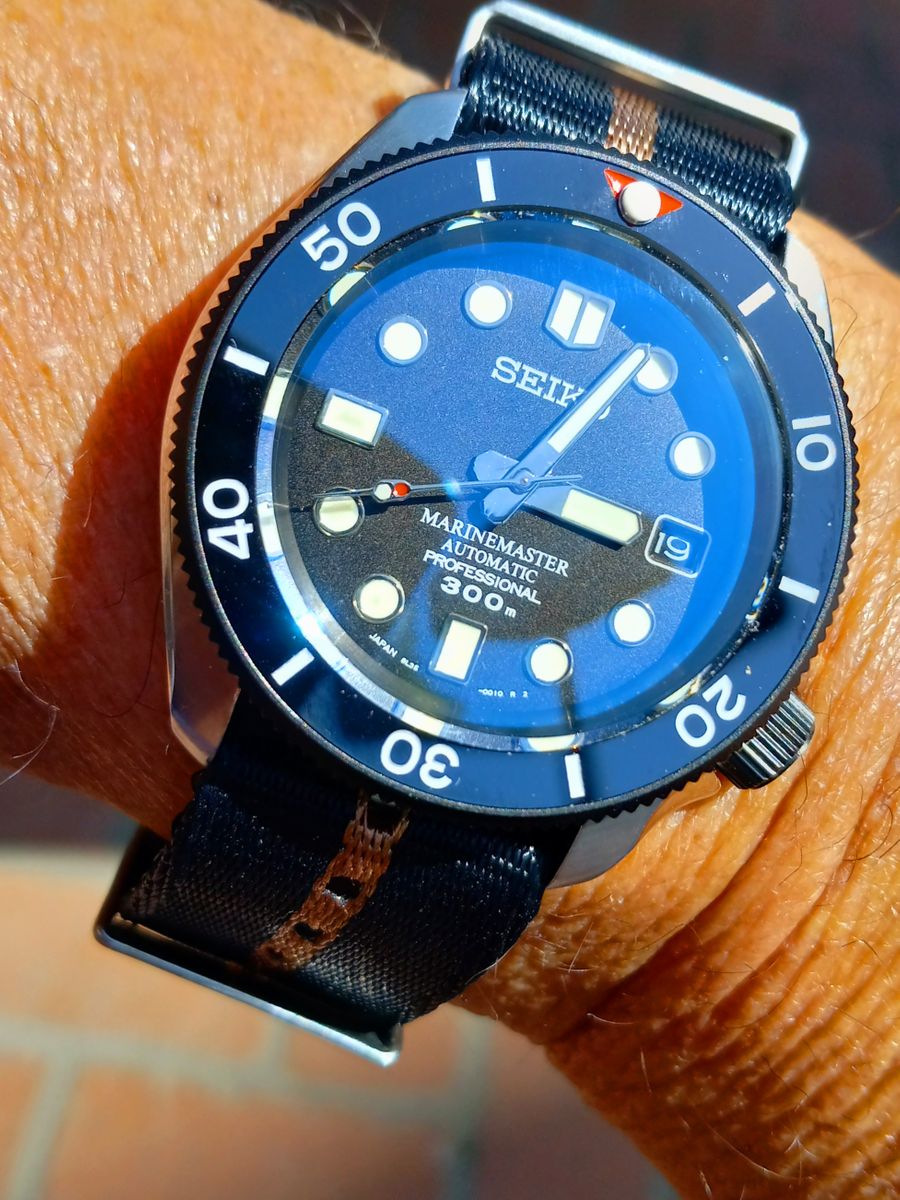
Ceramic vs Stainless Steel Bezels What to Know
When it comes to durability and longevity, stainless steel takes the cake. It's highly resistant to chips, cracks, and wear and tear, while ceramic cookware is more prone to such damages over time. In fact, ceramic cookware is only known to last just a few years at most, while stainless steel can last several decades (or longer—there's a.
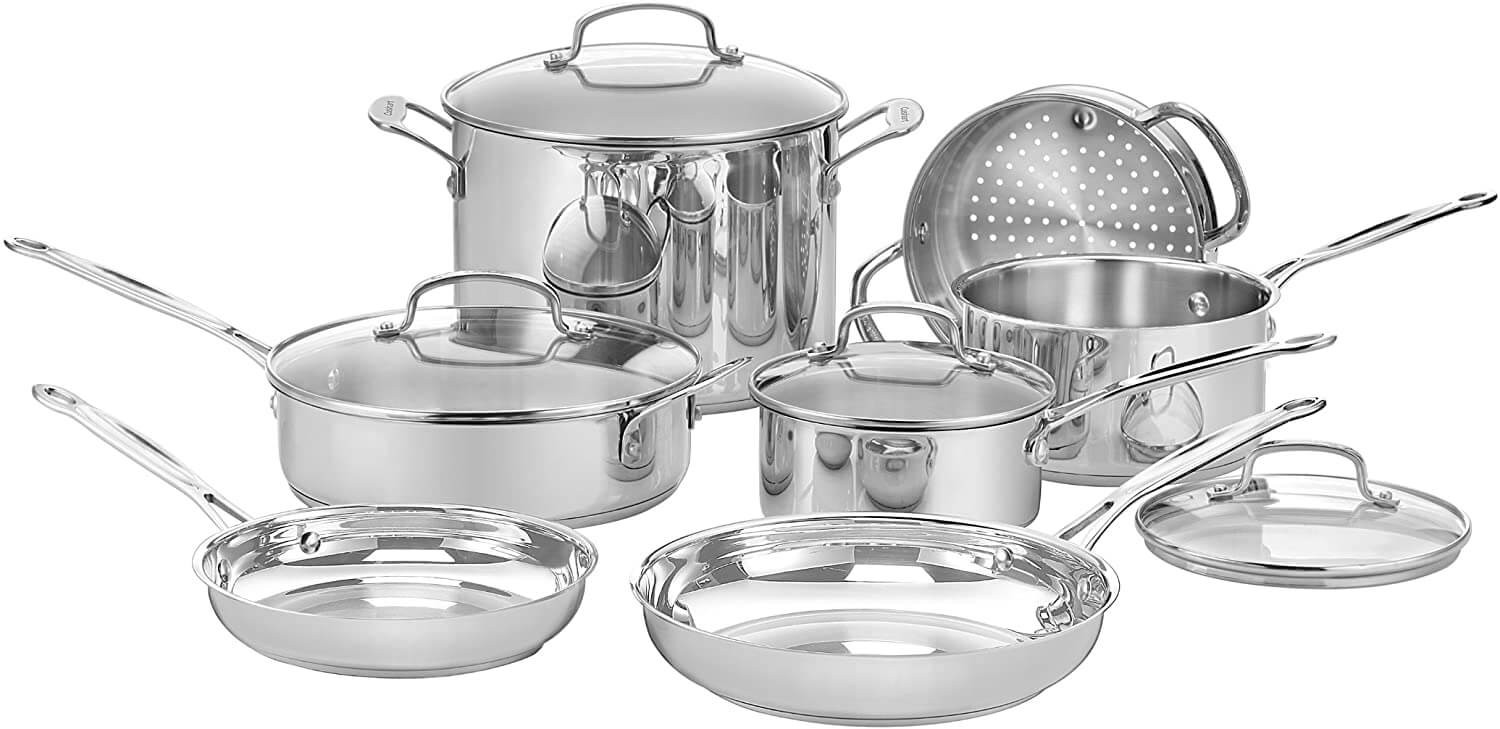
CERAMIC COOKWARE VS STAINLESS STEEL WHICH IS BEST?
Again, stainless steel cookware has much more longevity than ceramic. You may often hear of people inheriting stainless cookware from their family, similar to cast iron cookware. When taken care of, it can really last a lifetime. Ceramic cookware won't last as long because its coating is damaged easily and degrades over time.

Ceramic Vs. Stainless Steel Cookware Which is Better?
It's vastly easier to use and clean than stainless steel. Plus it's widely considered healthier than PTFE coated or Teflon cookware. Stainless steel cookware will last a lot longer, maybe a lifetime, and endure much rougher treatment than ceramic non-stick.
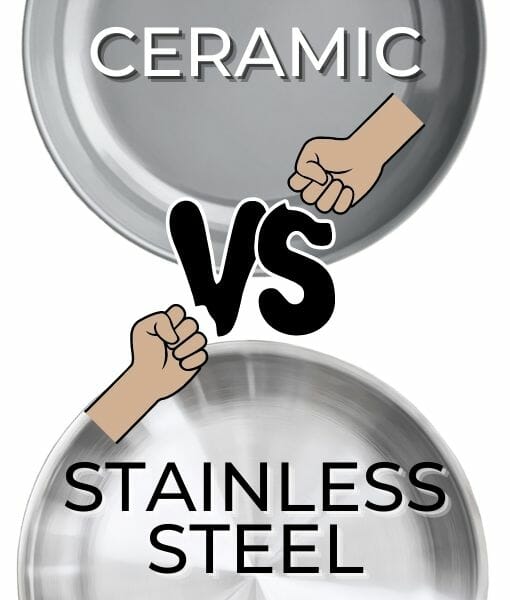
Ceramic Vs Stainless Steel Cookware Comparison (Pros & Cons)
Hence the danger of warping. So it seems like ceramic cookware is heat safe to 662 F and stainless steel to about 550F. But let's put this in perspective. Most cooking should be done at medium temperatures. Medium temperatures are in the range of 300-350 F. Even a high temperature for searing or baking is 450-500 F.

Ceramic Vs Stainless Steel Cookware Which One Is Right For Your
As such, ceramic cookware tends to be less durable than stainless steel, though it does excel in being free of harmful chemicals. Ceramic also features better non-stick properties. Although stainless steel is naturally quite non-stick, it requires less seasoning than the average pan. However, this feature alone is not enough to compete with the.

Legend 5 Ply Stainless Steel Cookware Set 14 Piece Best
The most obvious difference between the two cookware types is the material, which directly affects their properties and uses. Ceramic cookware is either made from 100% clay or a ceramic-like coating over a metal vessel. Stainless steel cookware is made from different metals to produce one strong, durable material.
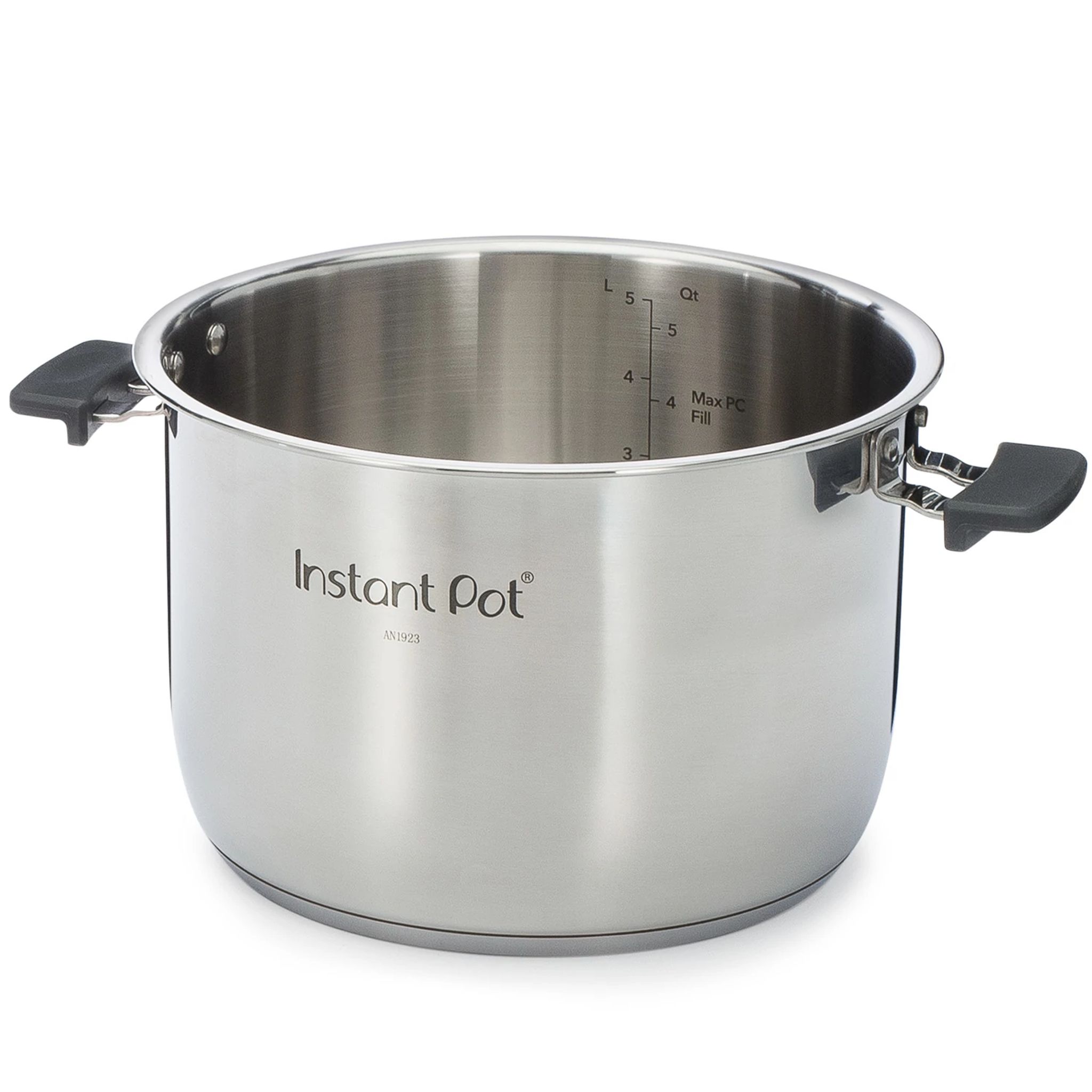
Steel Pot Cheapest Sellers, Save 43 jlcatj.gob.mx
Ceramic cookware is easier to clean and maintain than stainless steel due to its nonstick and nonabsorbent nature that resists stains and odors. However, its nonstick coating loses effectiveness sooner than regular nonstick pans. Stainless steel cookware can be harder to clean, especially when food adheres and chars.

Non Stick vs. Stainless Steel vs. Ceramic Cookware
Welcome to the Ceramic vs Stainless Steel Cookware post. Selecting the appropriate cookware is crucial and influences not just the quality of your meals, but also the overall cooking experience. When selecting cookware for your kitchen, the material is one of the most significant factors to consider.
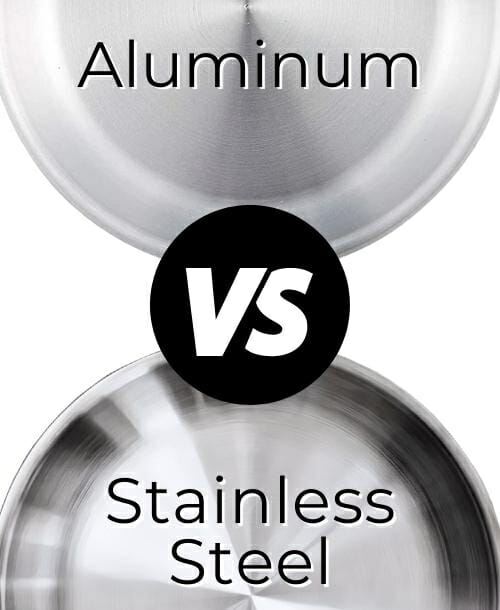
Large Stainless Steel Pot Online Wholesale, Save 52 jlcatj.gob.mx
Durability. First thing first, in terms of durability, stainless steel definitely takes the cake. It is more scratch-resistant than ceramic and can withstand high heat better. Ceramic, on the other hand, is more prone to chipping and breaking. It also can't handle high heat as well as stainless steel.

stainless steel pots and pans
The good news is both ceramic and stainless steel cookware are safe to use and do not contain these toxins. Unfortunately, stainless steel lacks the ease of non-stick. But it can become non-stick with practice and specific steps. I'll get more into that later. Ceramic vs Stainless Steel Cookware Side-by-Side Comparison
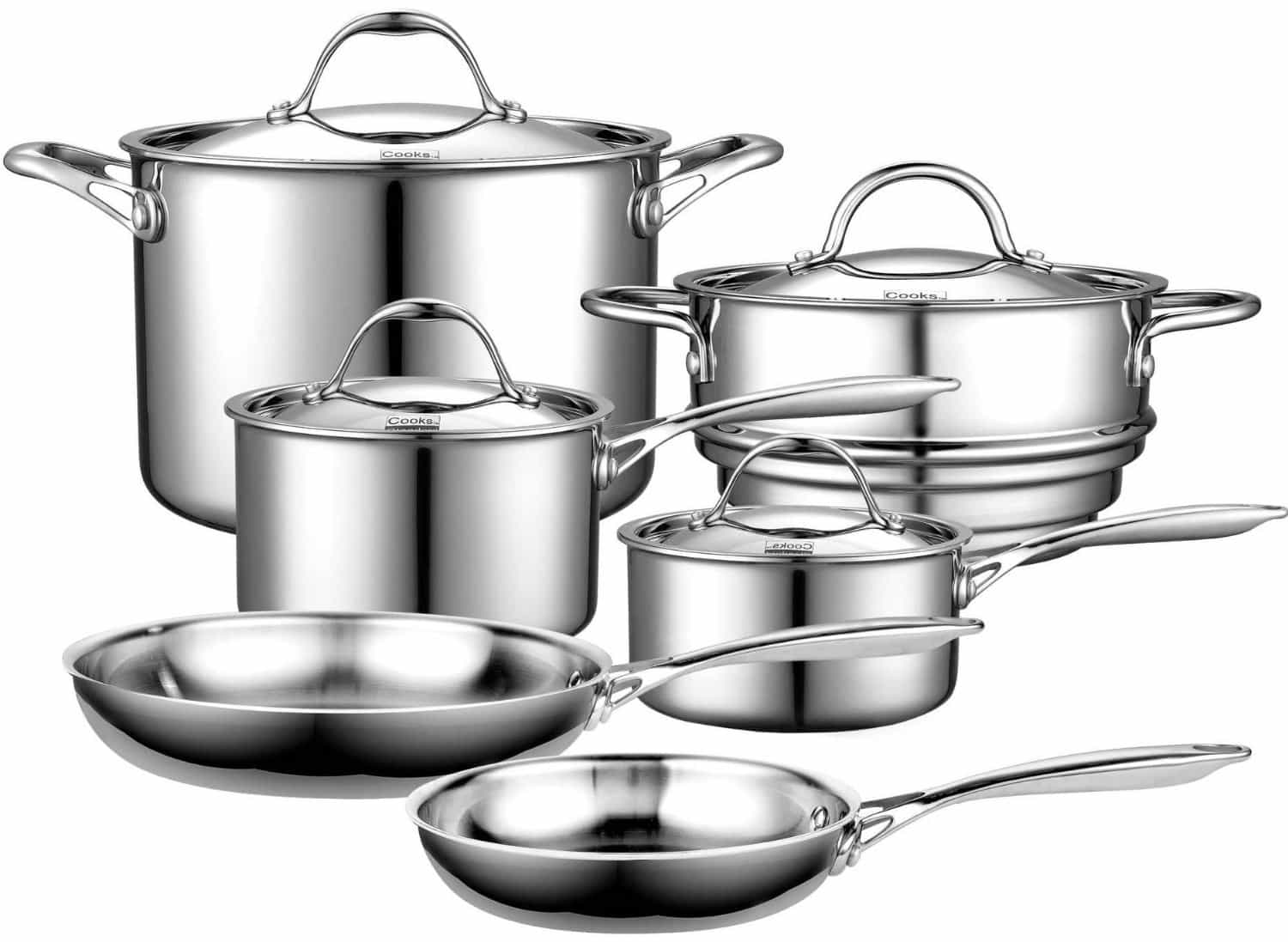
Stainless Steel Valerie Collins Writer
When we talk about ceramic vs. stainless steel cookware, we are often referring to ceramic coated cookware. Sol-gel is the process that makes ceramic coated cookware. To create ceramic coated cookware, a chemical process that starts with a solution and ends with a gel-like substance is the brunt of it. This process creates a glassy nonstick.

Which is better? Ceramic vs Stainless Steel Cookware Tales from the Chef
Stainless Steel vs. Ceramic: Cleaning and Durability. Stainless steel is a rough and durable cookware surface that is difficult to damage. Steel cookware that contains 18 percent or more chromium resists stains and rust. Stainless steel with 10 percent or more nickel provides a glossy shine and heightens the effectiveness of the chromium.
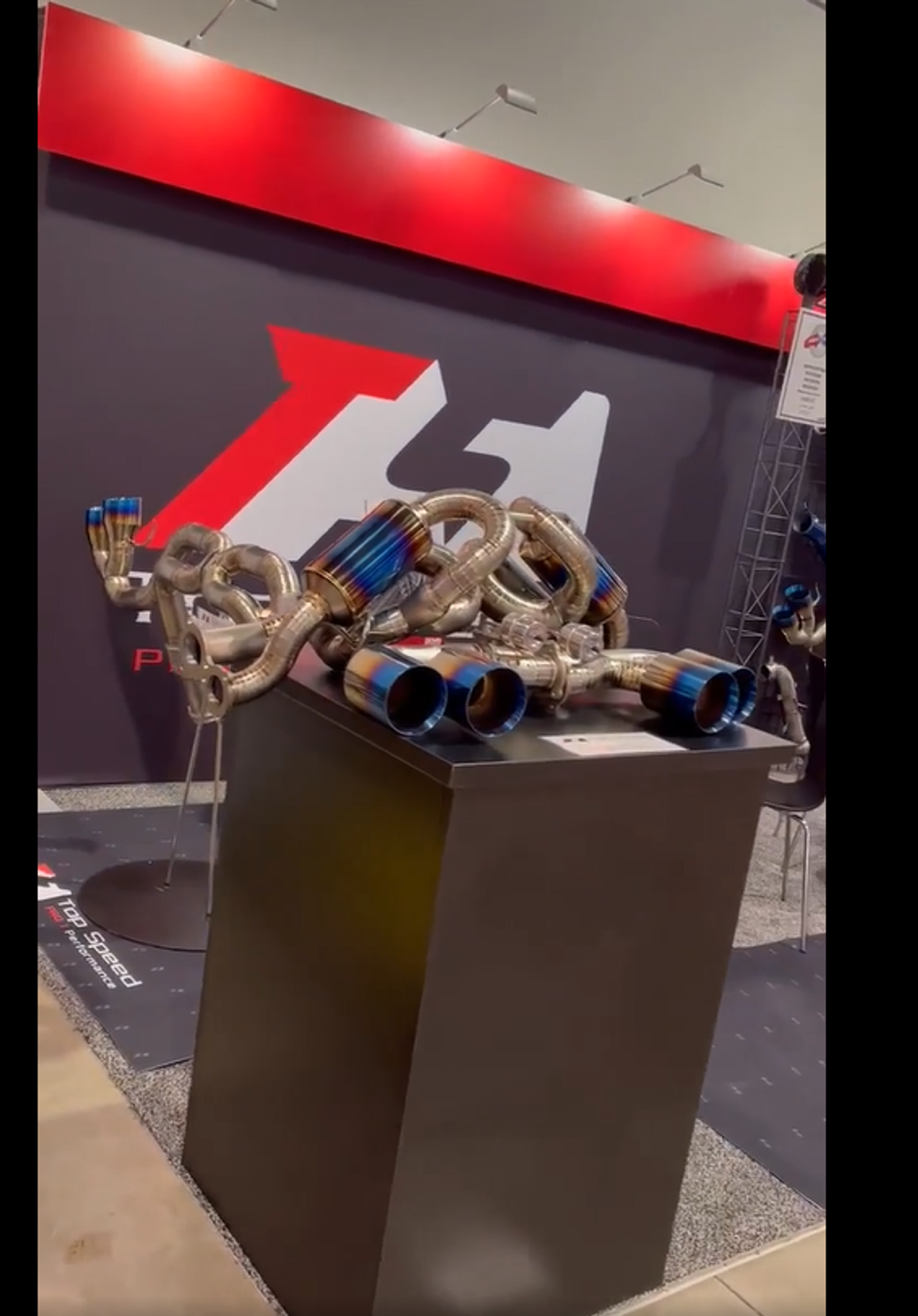
TITANIUM VS STAINLESS STEEL EXHAUST Top Speed Pro1 Official Site
Ceramic pans have longevity, often lasting generations when well-maintained. In comparison, stainless steel cookware may last decades if properly handled. 7. Weight and Maneuverability. Fully clad stainless steel pans tend to be much heavier than ceramic cookware due to the alloys used to add heat conductivity.

Aluminized Steel vs. Stainless Steel What's The Difference (With
15 Differences between Ceramic and Stainless Steel Pans. 1. Materials. The main difference between ceramic and stainless steel cookware is that ceramic is coated, whereas stainless steel cookware is not coated. In some products, stainless steel forms the base for a ceramic-coated pan; but aluminum is a much more common substrate material.
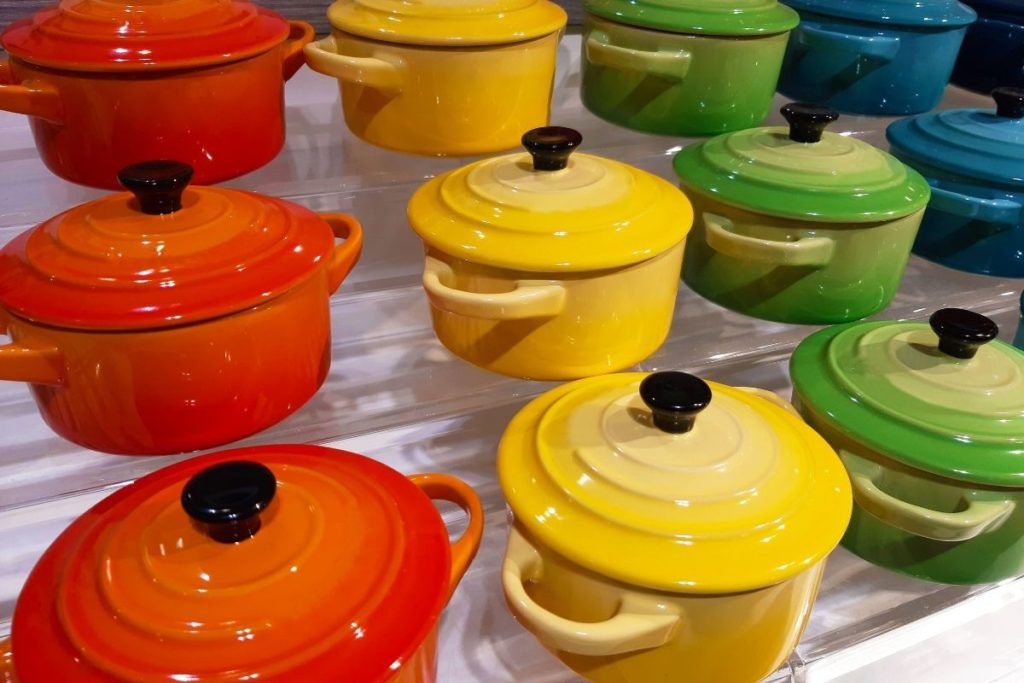
Ceramic vs Stainless Steel Cookware What’s the Difference? (updated 2023)
Here's the difference between pure ceramic vs ceramic-coated…. The former is 100% ceramic that's baked in a kiln (like pottery class).. And ceramic-coated cookware is a sheet of aluminum or steel dipped in a ceramic mixture.. This process creates a smooth, non-stick finish - free of toxic chemicals. One of the main benefits of ceramic cookware.
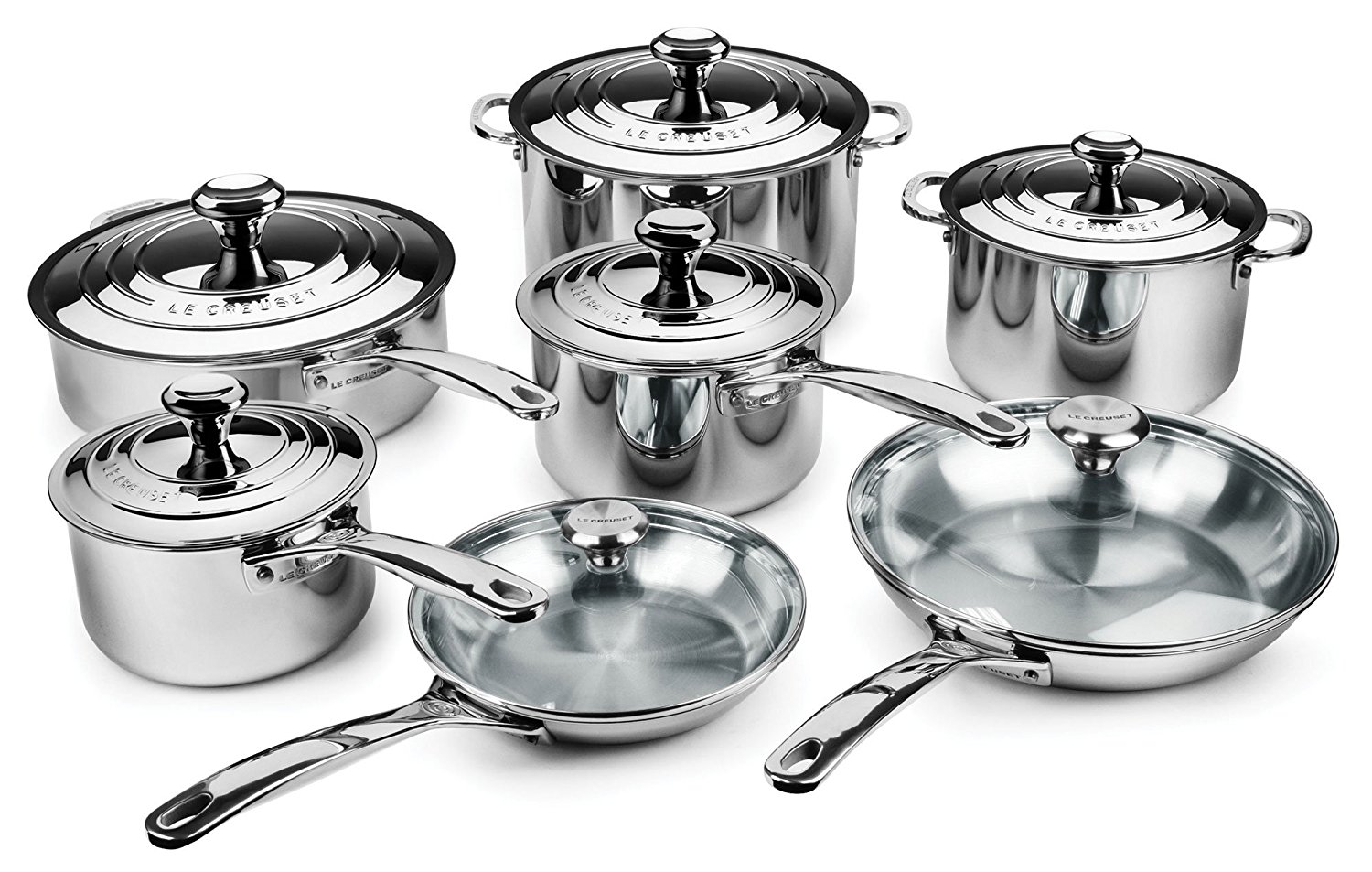
3 Titanium Stainless Steel Cookware with Reviews
About Stainless Steel Cookware. Stainless steel cookware is a robust conductor of heat, making it a staple in kitchens worldwide. Unlike ceramic, stainless steel pots and pans can withstand high heat and even welcome a good scrubbing. As a material for cookware, it's a mix of iron, nickel, and chromium, creating a rust-resistant and shiny.